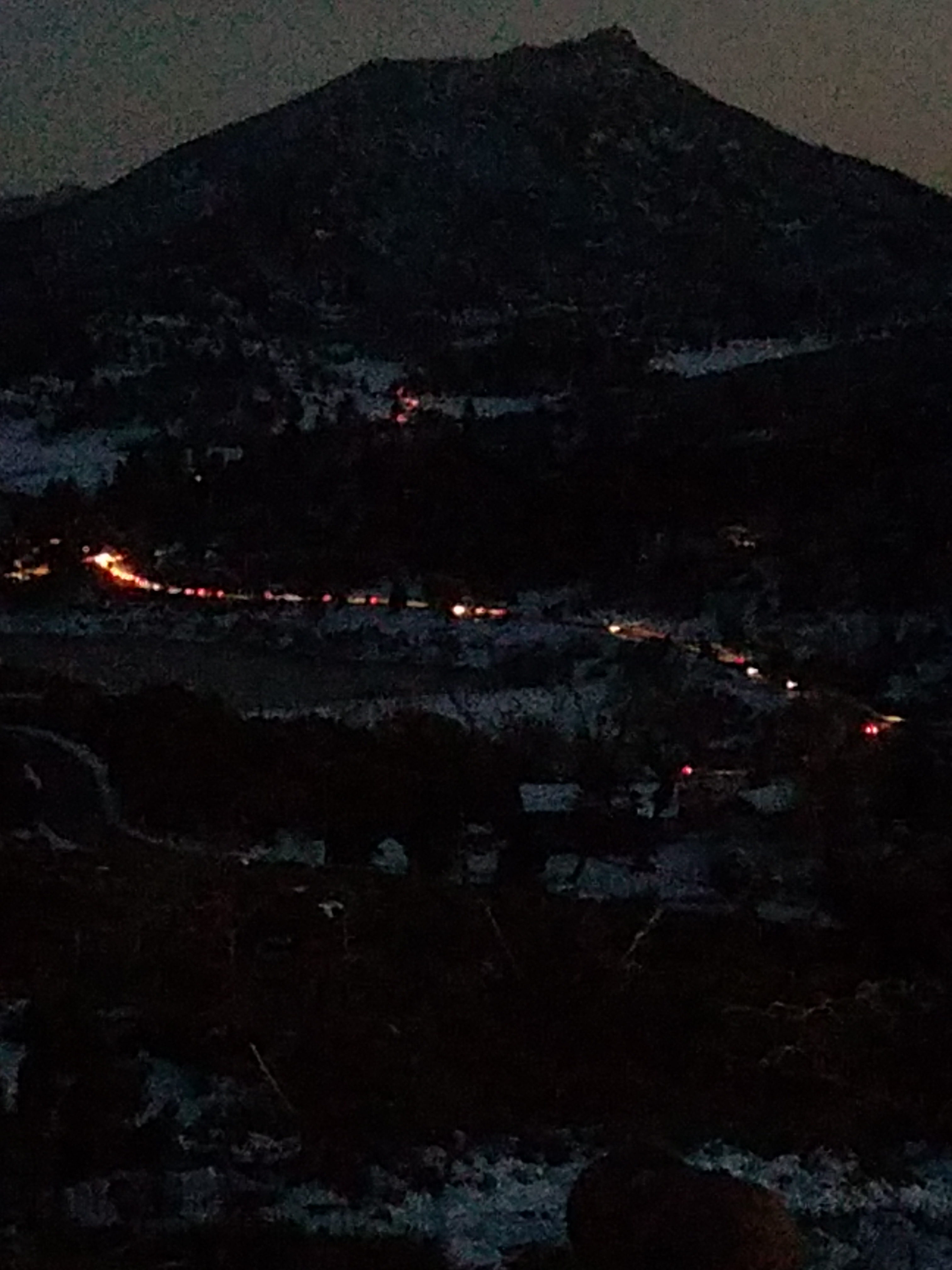When we moved from Salinas-Monterey, we left behind lots of furniture. We sold some things, but mostly donated to Goodwill or to people who were willing to cart items away. A couch, going back years (okay, at least a decade or maybe two) and which we hardly ever used, went away. Actually, it followed our youngest daughter to college, but returned as they often do. Why did it take so long to part with it? I remember feeling a twinge of embarrassment at the few times people sat in the darn thing and they nearly fell to the floor. The cushions had long lost oomph, its arms were thread bare. Yet, it occupied a corner of the house we seldom used, except when we had lots of people and there was nowhere else to sit, and then we needed it. As we pulled off the pillows and cushions, I found hidden treasures, like one of our girl’s paper dolls sweetly tucked, deep inside the couch, and a Polly Pocket or two.
Dale’s baby grand piano, his first retirement project of finishing, polishing, and tuning an 1884 church piano, never played as well as he liked. He gave that away to a family who promised to give lessons to their kids.
Our family room sectional, which I never liked–that’s another story–went to a young couple, who made multiple trips to our house, since the beast could not be tamed into their mini-van.
We held a garage sale, making a few hundred dollars, but really saving us trips to the donation center or the dump. Away went the Tupperware, random vases, place mats, and table cloths for tables we no longer had. We dumped pool toys, broken chairs (why did we keep this stuff?), and books, lots and lots of books from five college-educated people, who kept textbooks (most from that last quarter or semester), all thinking we will need this information some day.
So, by the time we arrived at our new home, we had few furnishings. The bedrooms sets and a few end tables traveled, but the rest stayed behind. Our first month, we watched TV, while camped out on the floor in sleeping bags. First task, aside from unpacking, was shopping for love seats and sofas for the family room and living room. This was fun. This, I could do. Shopping is my forte.
One of the unique features of our new home is the octagonal living room, which has stunning views of the ocean and lake. No standard couch fits these windows, so my solution was two large chairs and a love seat. I spent days exploring online sites, since we were snowbound, and well, shopping for furniture is easier this way. We decided to go with Macy’s, who could deliver within two weeks or once the snow melted, whichever came first.
The leather arms on the chairs and love seat are substantial, like additional seats, so after years of telling my children “to get off the arms and sit on the sofa,” I bought furniture that works. That Thanksgiving, family relaxed on the chairs, the love seat, and on the arms, enjoying the fire. Score one for me.

















